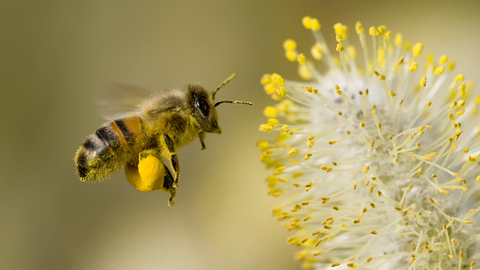
A collaboration of researchers from UNSW Canberra, Bielefeld University, The Max Planck Institute, Brown University, and The University of California are studying how bumblebees fly – with an eye to applying that knowledge in the next generation of drones and autonomous vehicles.
The bumblebees were studied while navigating their way through a tunnel with a series of gates featuring different-sized holes. The bees were able to successfully fly through the apertures, thus demonstrating an innate sense of their own size and a detailed perception of the obstacles’ openings. The bumblebees were able to fit through the gates by manipulating the speed of their approach and posture – even flying sideways when the hole was smaller than their wingspan.
“Previous research had indicated that complex processes, such as the perception of self-size, were cognitively driven and present only in animals with large brains. However, our research indicates that small insects, with an even smaller brain, can comprehend their body size and use that information while flying in a complex environment,” said research lead author, Dr. Sridhar Ravi.
The researchers hope to apply the bumblebees’ attributes to robotics with potential applications for the next generation of drones and autonomous vehicle technology to deal with the challenges of flying in real-world conditions.
“Insects are fantastic models for robots because they have exceedingly small brains and yet they’re able to perform overly complex tasks. Over thousands of years nature has coded insects with some amazing attributes. Our challenge now is to see how we can take this and apply a similar coding to future robotic systems, enhancing their performance in the natural world,” Ravi said.
The research, published in Proceedings of the National Academy of Sciences of the United States of America (PNAS).
